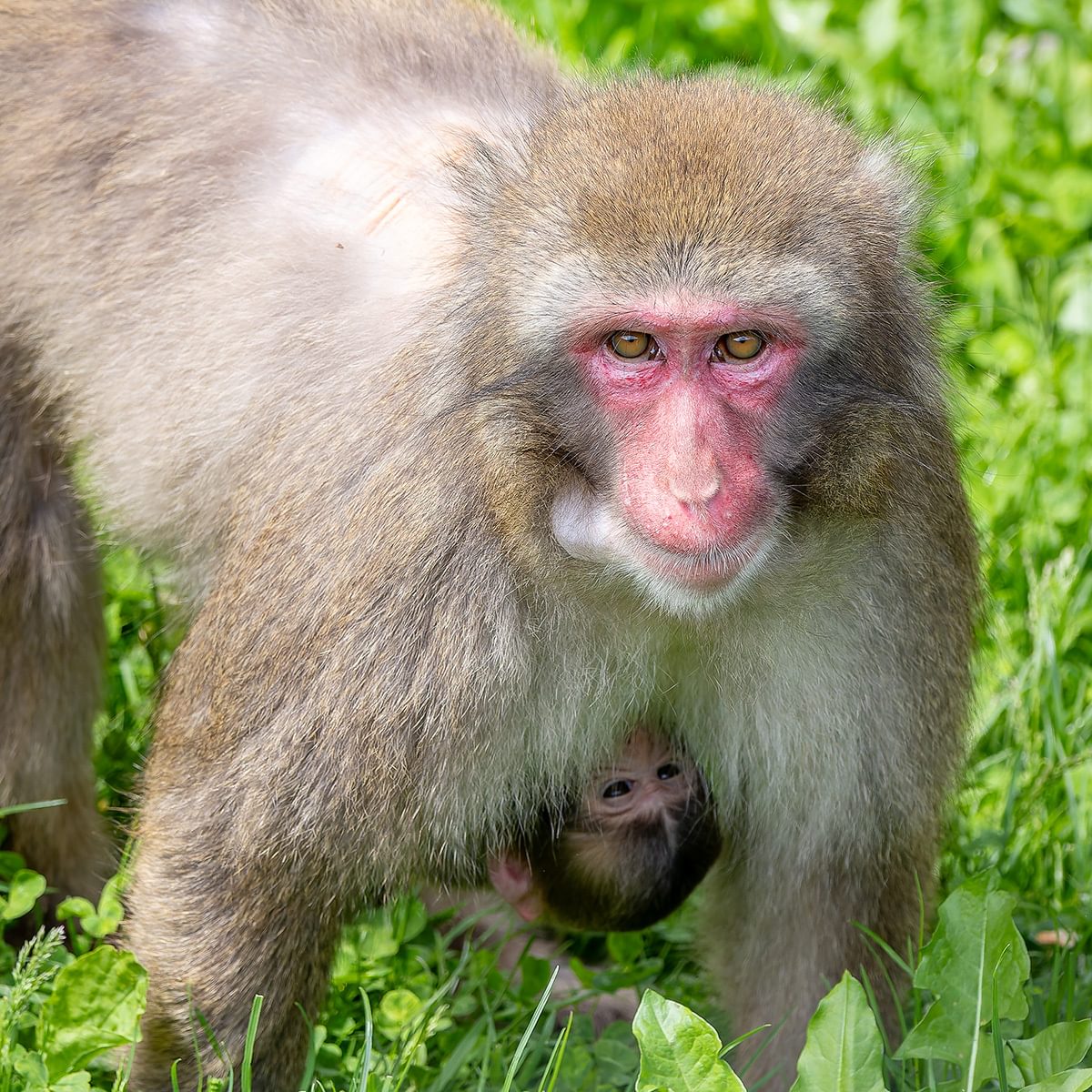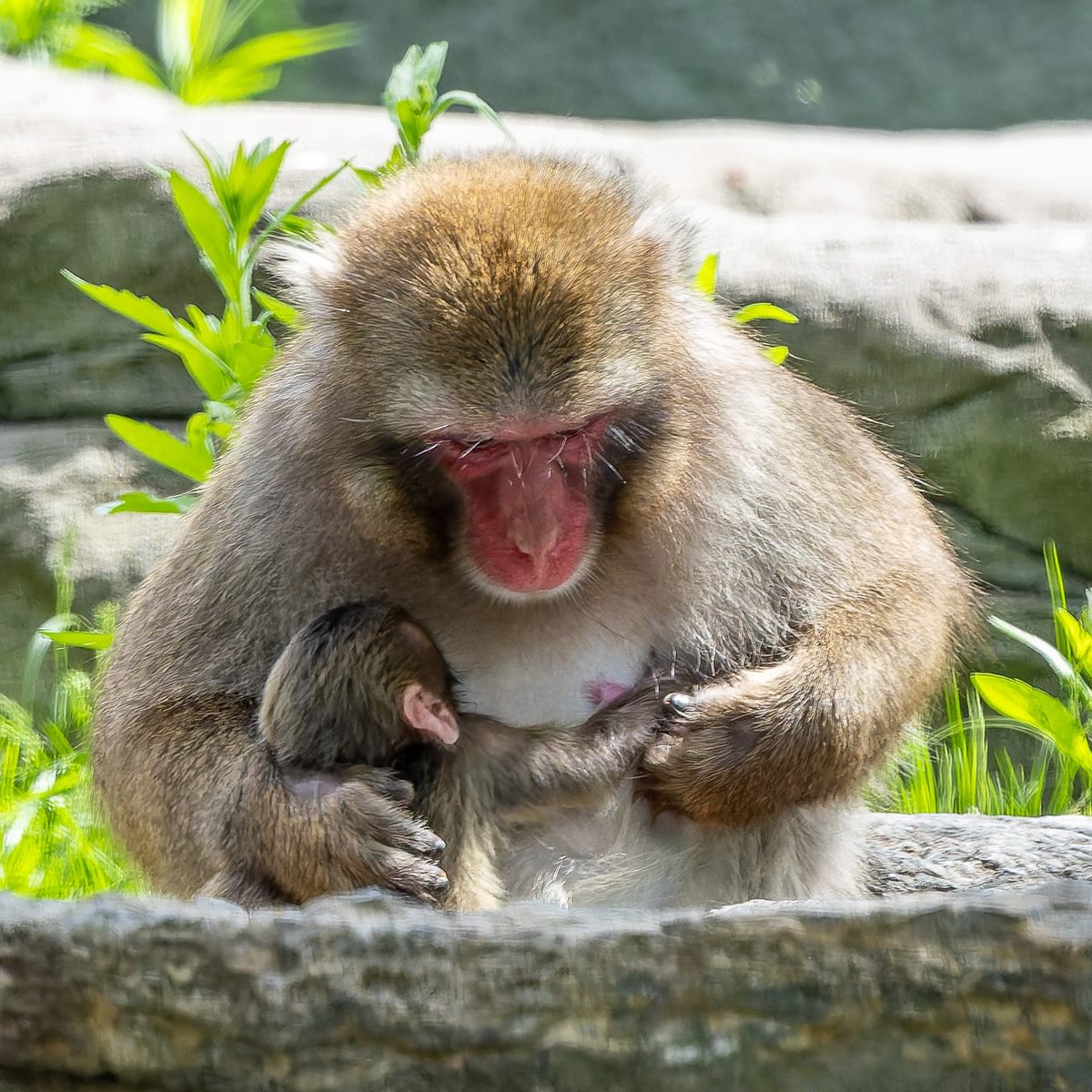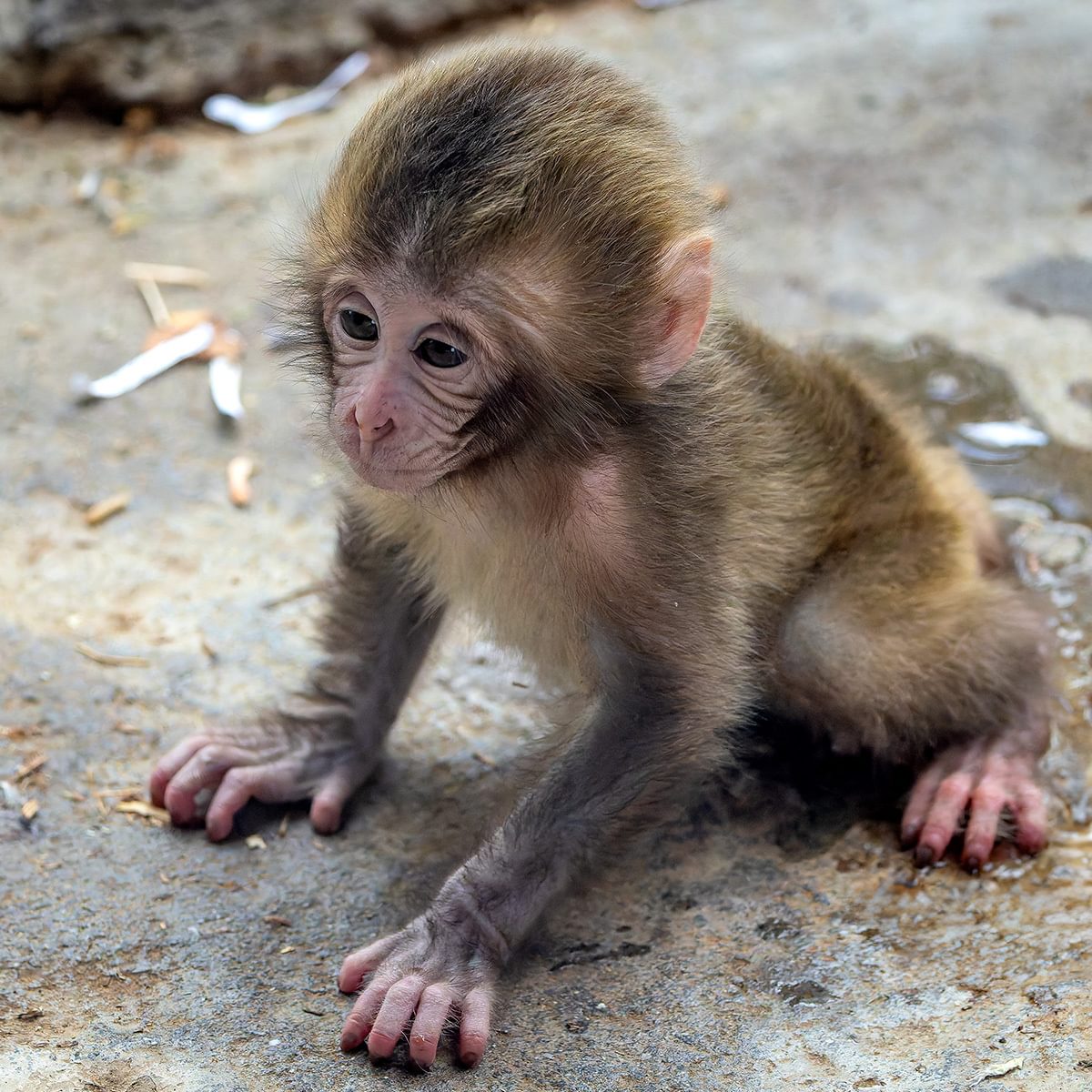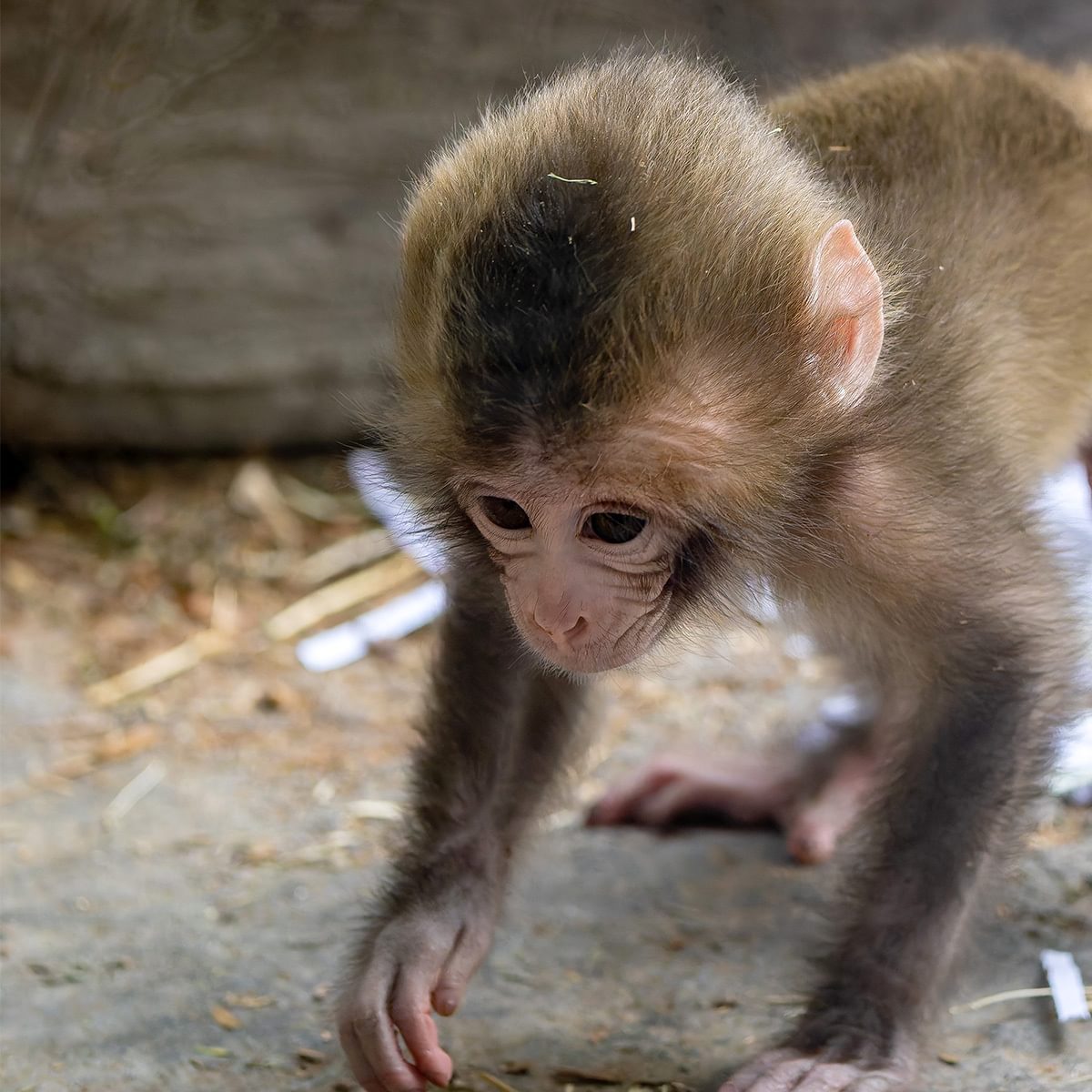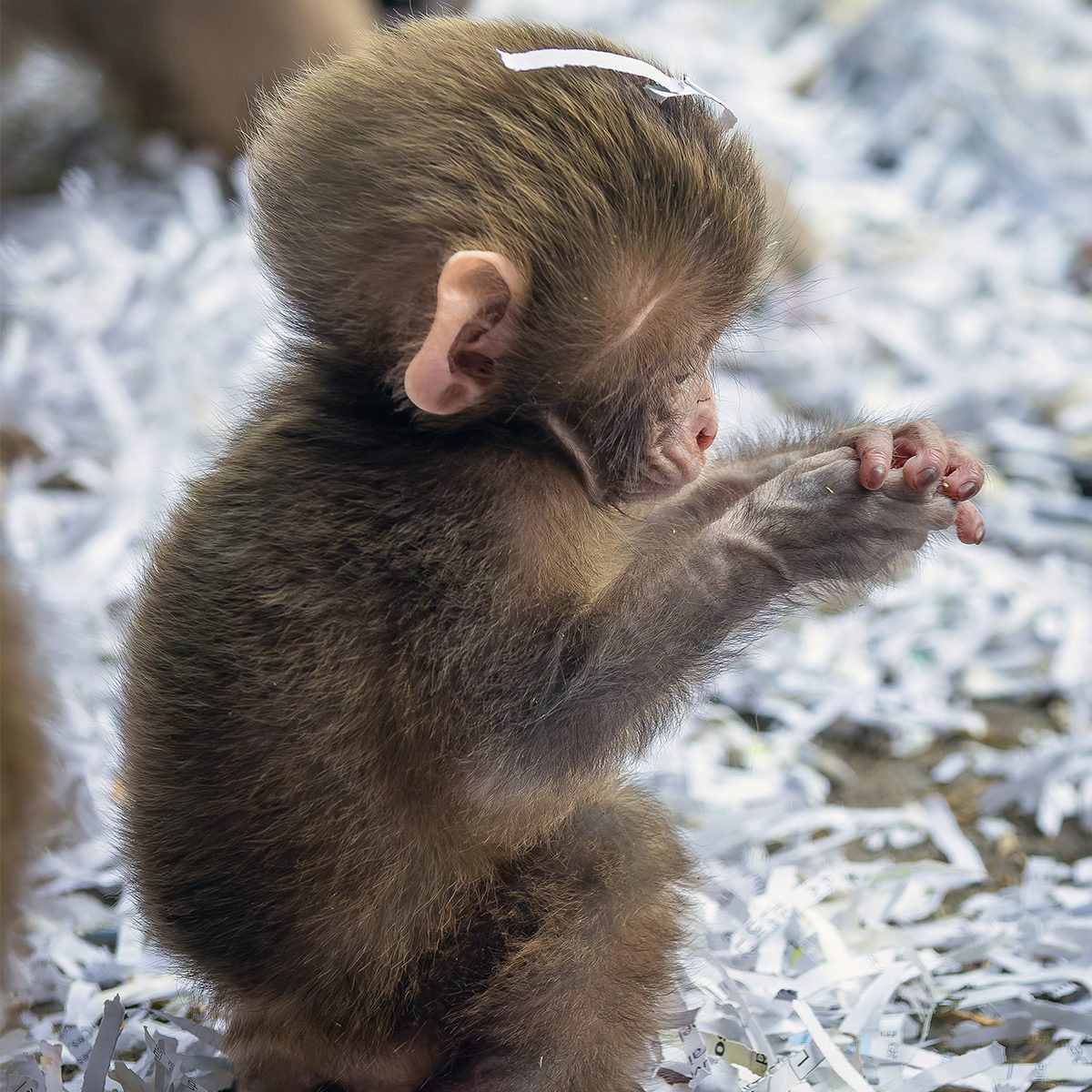A name for a newest addition
As we previously announced, our group of Japanese macaques has grown by one! The little fellow, born during the night of May 27 to 28, marks the 21st birth of this species at Zoo de Granby since 2002.
We gave you five name options, and YOU made the choice! And right here, we’re revealing the name that won the popular vote!
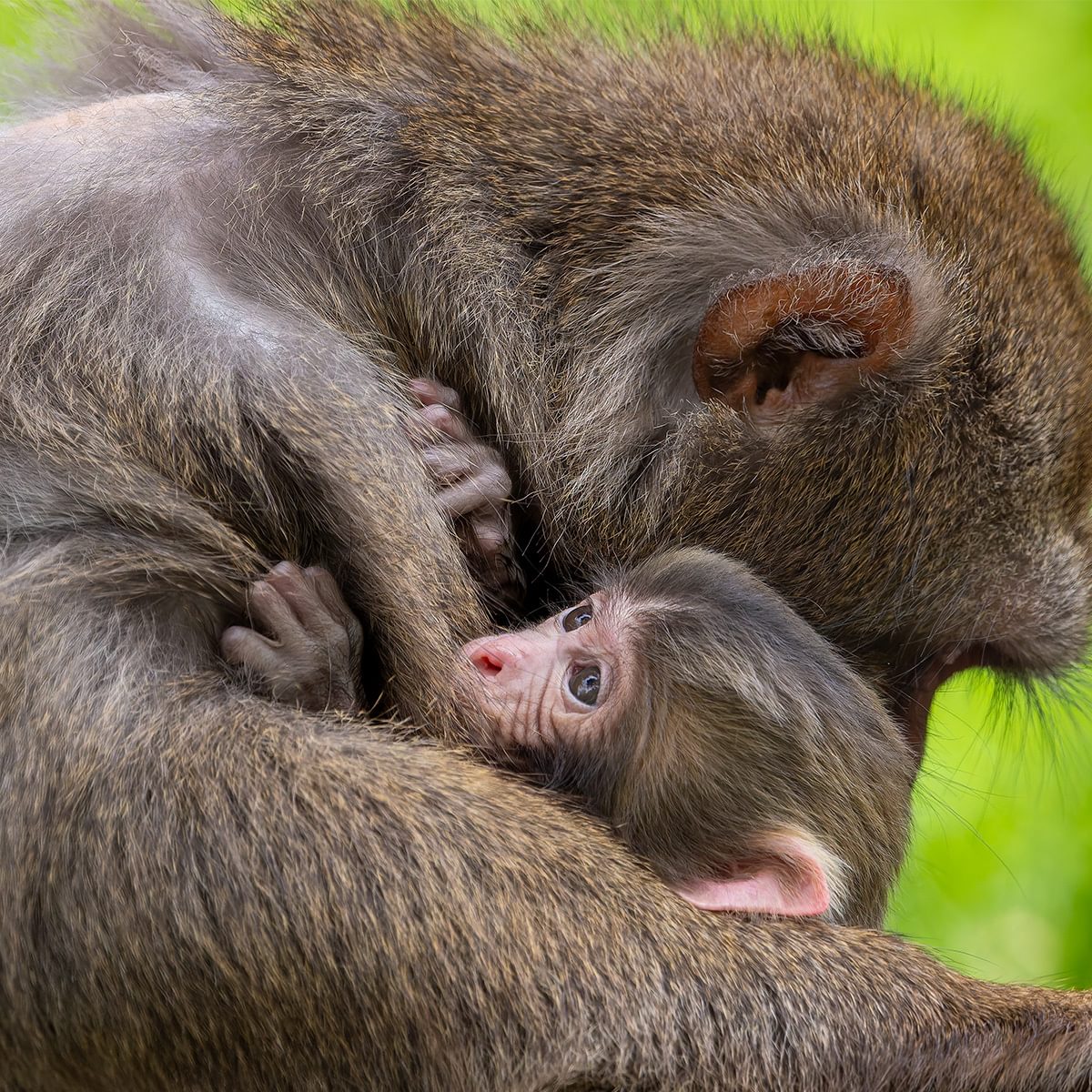
Le vote a été serré, mais c’est finalement le nom Sayuki qui s’est révélé le plus populaire auprès de notre communauté. Son nom signifie petit espoir du soir en japonais : avouez que ça lui va plutôt bien! Cette naissance est particulièrement réjouissante puisqu’elles ne surviennent pas par hasard : le rang social des individus joue pour beaucoup! On relate avec vous toutes les étapes qui ont mené à la venue au monde du petit Sayuki.
It was a close race, but the name Sayuki turned out to be the most popular among our community. In Japanese, his name means "little hope of the evening" and we must admit, it suits him perfectly! This birth is especially exciting, as it didn’t happen by chance: social hierarchy plays a major role! We’re sharing with you all the steps that led to the arrival of little Sayuki.

The ABCs of Courtship in Japanese Macaques
The social structure of macaques is solid and based on female kinship bonds. They live in a matrilineal dominance hierarchy, the mother’s rank is passed on to her daughters.
Every adult female holds a precise rank in the hierarchy. A higher rank ensures better reproductive success and a more favorable status for her offspring.
Courtship rituals are relatively simple. A female’s receptiveness is signaled by swelling and noticeable reddening of the genital area. This bright coloration comes from the many blood capillaries near the skin’s surface.
When ready to mate, the female emits a “cooo” call. A female changes partners throughout her life. Her choice of a mate depends on her own preferences as well as the male’s social rank.
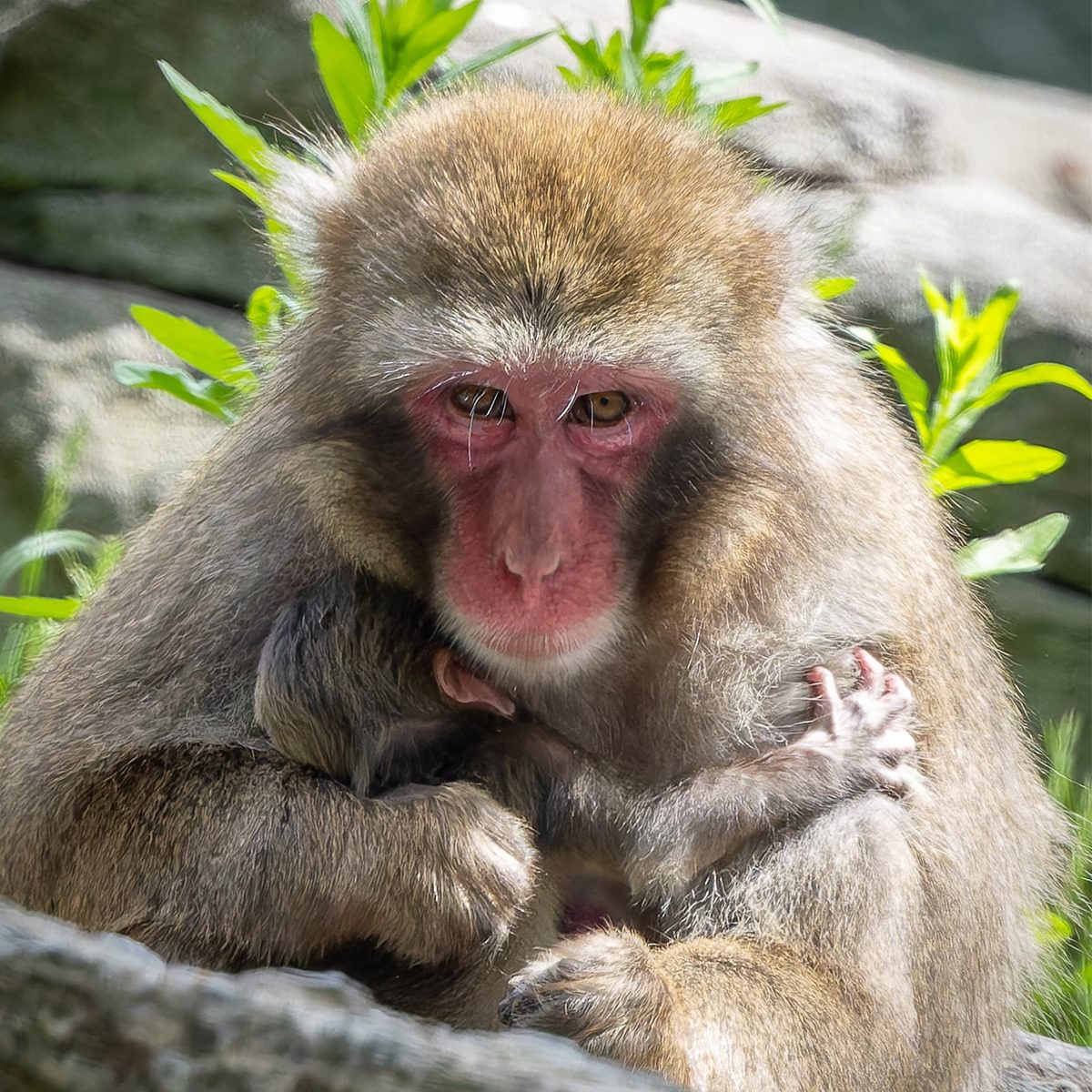
A Strong Bond Between Mother and Infant
After a 5- to 6-month pregnancy, the female gives birth to a single baby (twins are rare). The newborn weighs only about 500 grams at birth, and weaning is a long, gradual process that lasts from 6 months to a year.
The mother is attentive and deeply attached to her baby. She nurses and protects him. Other members of the troop, both males and females, also take part in caring for the infant.
At first, the little one clings to his mother’s belly, but as he grows older, he begins riding on her back too!
Young males reach sexual maturity around 4 to 5 years of age. In the meantime, the youngster learns the basics of social life and appropriate behaviors through interactions with the rest of the group. It will be fascinating to watch this little one grow up over the coming years!

